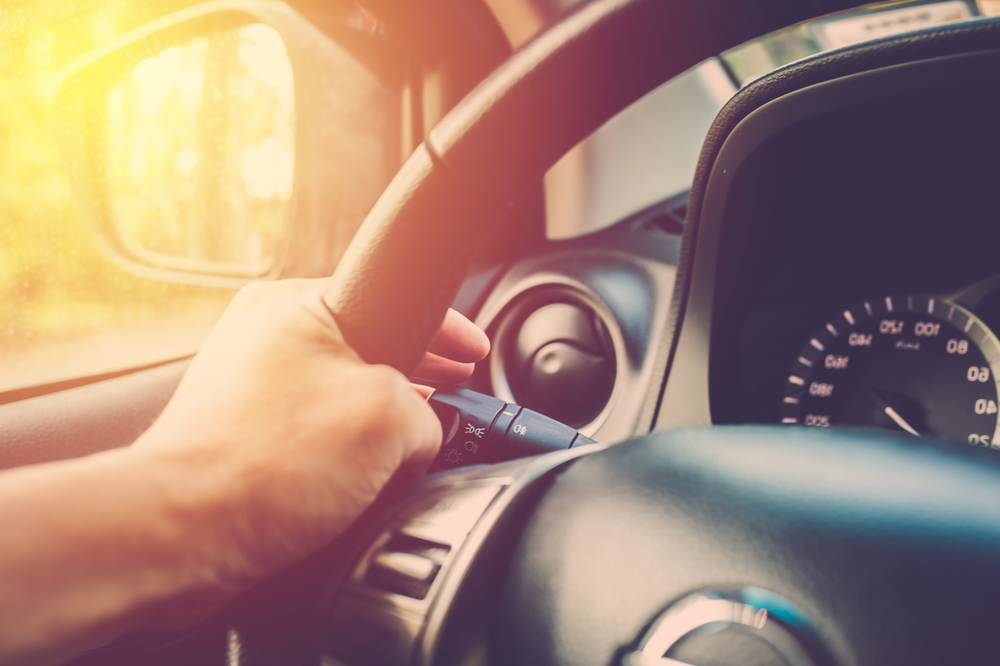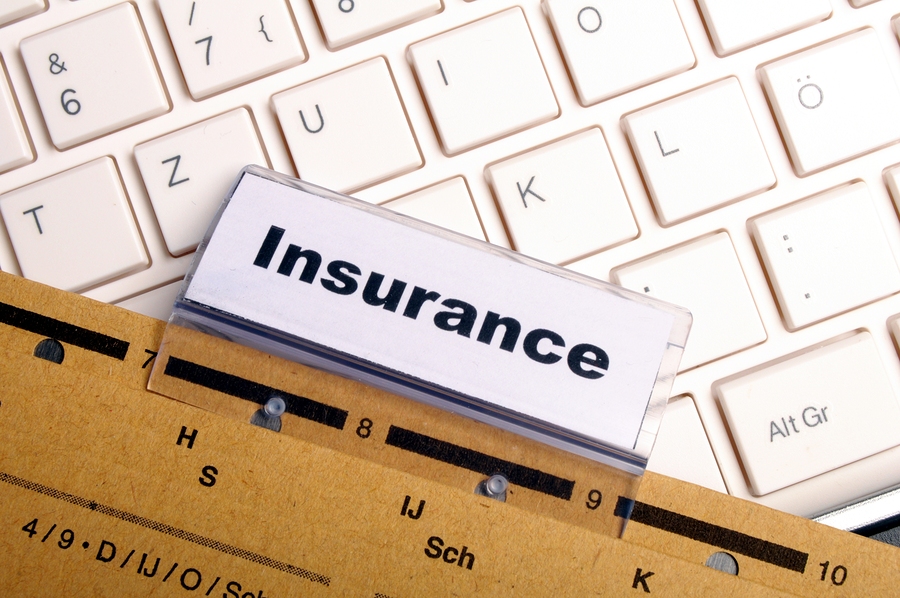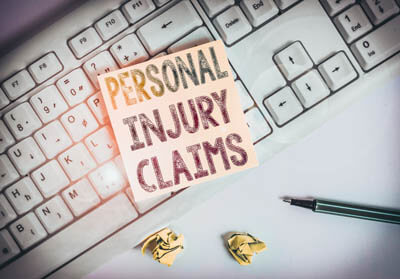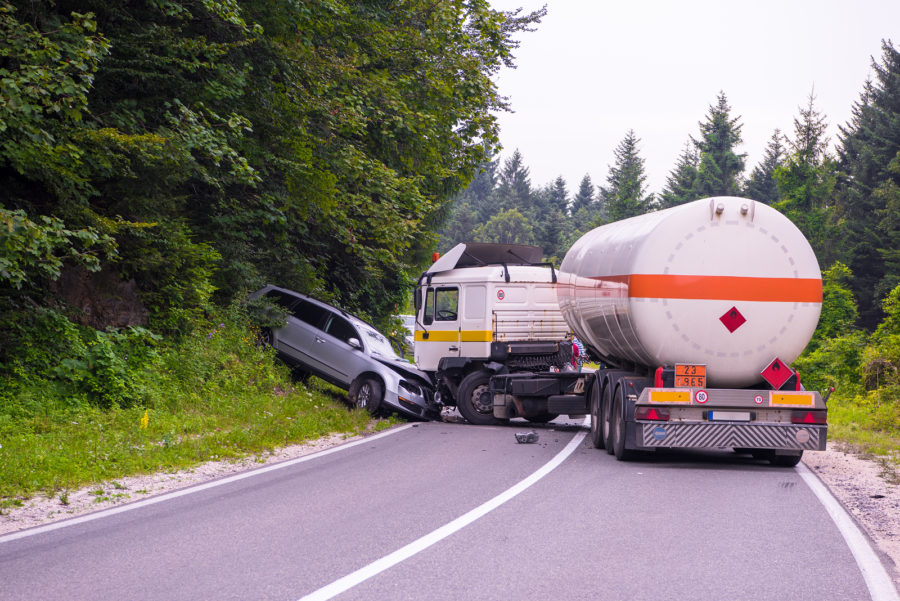
Why Are Left-Turn Accidents So Dangerous?

Left-turn accidents comprise a significant number of intersection accidents, including collisions between vehicles as well as pedestrian accidents. All motorists should be aware of the dangers they face when making a left-hand turn, or when passing through an intersection where other drivers might be turning left.
If you have been involved in a left-turn accident, contact the car accident lawyers in Virginia Beach, VA at Breit Law today for a free, no-obligation consultation to speak to a motor vehicle accident lawyer about your legal rights and options.
Dangers of Left Hand Turns
Left-hand turns lead to a much greater number of motor vehicle accidents than right-hand turns for several reasons, including:
- Unexpected stops – A driver waiting behind another vehicle in the left turn lane may assume that vehicle while complete the left turn after proceeding into the intersection. If the driver in the rear focuses their attention on something else, they may miss if the vehicle in front makes an unexpected stop before completing the turn.
- Errors in the judgment of speed – Drivers making left turns may misjudge the speed of oncoming vehicles, end up in a T-bone collision
- Blind turns – Drivers making a left-hand turn need to check for traffic coming from both the left and the right, but this may prove difficult if coming from a blind turn that obstructs the view of any oncoming cross-traffic.
- Obstruction from opposing left-turning vehicles – Similarly, vehicles turning left from the opposite direction can obstruct the view of any oncoming vehicle, creating a risk of a T-bone accident.
- Drivers trying to beat yellow lights – Vehicles making left turns may face a risk of collision with oncoming traffic when the lights turn yellow, potentially causing drivers to speed up to try to beat the light rather than slowing down to stop for the red light.
- Pedestrians in crosswalks – Finally, pedestrians in the cross-traffic crosswalk may face a risk of an accident with a left-turning vehicle. A left-turning driver may not even think to check the crosswalk they are turning into to see if pedestrians might be crossing, only to be surprised when they complete their turn and find a pedestrian directly in front of their vehicle.
What to Do If You’ve Been Hurt in a Left-Turn Accident
If you were injured in a left-hand turn accident, steps you should take to protect your legal rights and options for pursuing a financial recovery include:
- Take photos or video of the accident scene and any visible injuries you may have suffered
- Exchange information with all the drivers involved in the accident and any eyewitnesses
- Seek medical attention as soon as possible after the accident to have any injuries you suffered diagnosed
- Follow any treatment recommendations and instructions that you are given
- Keep copies of your bills, invoices, receipts, pay stubs, and other important documents from the accident
- Make time to speak to a motor vehicle accident lawyer to discuss the accident and learn more about your rights and options
How A Hampton Roads Car Accident Lawyer Could Help
If you have been injured in a left-turn accident, let an attorney from Breit Law help with your case by:
- Investigating the accident and securing evidence for use in your case
- Identifying at-fault parties and applicable insurance coverages
- Documenting your expenses and losses
- Filing your claim with the relevant insurers and pursuing a settlement of your claim that can pay you fair and full compensation
- Taking your case to court or trial if needed
Reach out to the Hampton Roads car accident attorneys at Breit Law today for a free initial case evaluation. We’ll discuss how we could help you seek compensation and accountability. Contact us by phone at (757) 456-0333, fill out a contact form, or chat with us live today.




